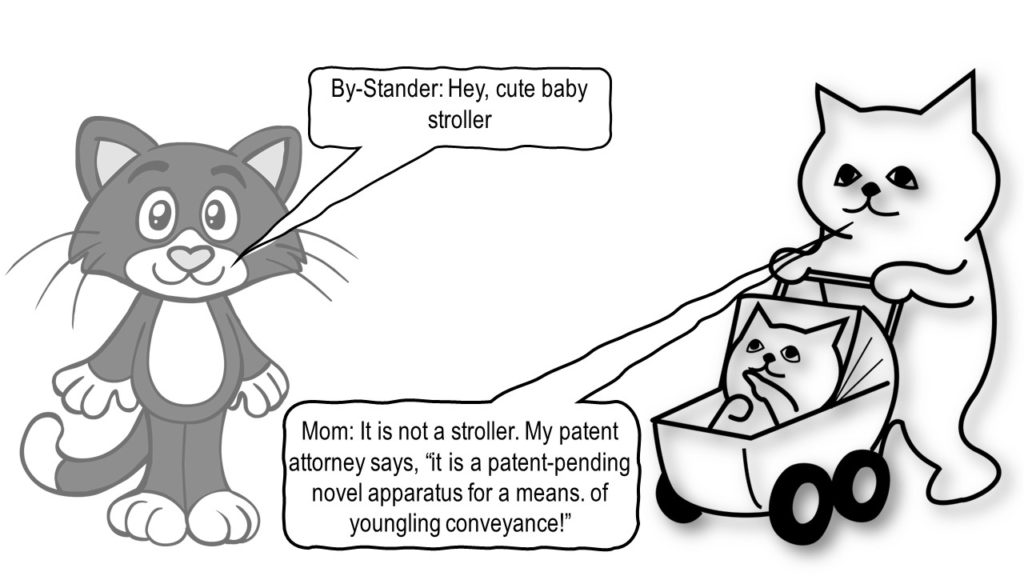In this blog, I will walk you through all aspects of prior art searches, such as when, why, what type of patents, and which database you need to use to conduct such a search. An appropriately done prior art search can save you time, effort, and money in the long term and increase the probability of a good outcome for you. Hence, I aim to demystify and explain basic prior-art-related questions for you.

What is Patent Prior Art Search?
- Prior art refers to the state of the art or background of your patent-related and science-based technology and related fields. The prior art includes granted, expired, abandoned, and pending U.S. patents and global patents.
- The significant aspects of the prior art search are the choice of database, the skill of a patent searcher, and the purpose of the search.
- The search purpose includes why and when you should perform the prior art search. There are three possible reasons for doing a prior art search: novelty, clearance, and validity.
Novelty, Freedom-to-operate, and Validity

Novelty
a) Because the law requires that the invention must be new, it is significant to determine if your invention is novel.
b) A novelty search should be as comprehensive as possible because the American Inventors Act of 2011 (A.I.A.) removed geographical and language restrictions. Thus, the most preferred database must contain U.S.A. and worldwide patents and other non-patent public publications.
c) Patent search should encompass the entirety of the patent, including the specification and claims.
d) The final cost of obtaining and maintaining a patent is high, including the USPTO fees. So, verifying your invention’s novelty before starting the patent writing and submission process is prudent. If you find other patents like or the same as your invention, you have three options:
- Change your invention to make it novel and non-obvious, and submit a patent application regarding this new invention.
- Change specifications and claims, if possible, to make your invention novel and non-obvious compared to the prior art.
- You can decide not to submit your patent application.
Clearance or Freedom-to-operate (FTO)
a) This search establishes if a product or process infringes on another’s patent.
b) A geographical search is limited to one or more countries where the product will be sold, manufactured, and imported. Patents that have been granted and are pending are the most significant patents based on the patent claims. A search for revivable abandoned patents is essential to the FTO process.
c) You will also search for ‘safe harbor’ prior art references to allow the product’s sales, use, manufacture, and import. Expired patents, non-USA published patents, and non-patent public information are such ‘safe harbor’ documents and patents in the public domain.
d) Thus, databases that include granted, pending, and abandoned patents are best for this search. Additionally, ‘safe harbor’ patents and documents in the public domain should form part of this search.
e) An analysis of both claims and prosecution history is critical since the primary purpose of this search is to determine if your product or process infringes on another’s patented claims. Thus, it is a time-consuming search process and requires legal and technical knowledge.
f) Since this is a detailed and time-consuming search, it can cost tens to hundreds of thousands. The cost depends upon the number of prior art references, the length of the prosecution file history, and the complexity of the product or process technology. But, we can offer such and other services at a much lower price.
g) This search is best when performed with the guidance of a patent practitioner because it requires detailed legal and technical analysis and knowledge.
Validity
a) This search attempts to find prior art that the patent examiner overlooked. Thus, the search confirms the validity or invalidity of a granted patent.
b) The purpose of this search is to invalidate granted patents.
c) This search must be comprehensive and use a database with patent and non-patented public information.
d) Often, infringers or potential infringers conduct this search. For example, entities with a financial stake in the patent might want to confirm the validity of a patent.
Choosing Your Database

The choice of a database is one of the most critical decisions you will make when doing a patent search. The database must have the following key features.:
a) The database must be comprehensive. It must include abandoned, expired, and granted patents and pending patent applications.
b) It must be regularly updated.
c) You can easily miss a key, relevant, and significant prior art reference(s) if the database is not comprehensive and updated.
d) Missed relevant prior art references will reduce the probability of a patent grant while increasing the chance of infringement and leading to cease and desist action and even litigation.
e) Several databases are available, but I detail the common ones below.
i) Most commonly used are the Google patent search and USPTO’s online patent search databases.
- These are readily available and easy-to-use databases.
- However, they are not comprehensive and not regularly updated.
- These are good for initial quick and easy use but not suitable for valuable pursuits.
ii) One example of a comprehensive and updated database is Clarivate Analytics.
- It is a complete and regularly updated database.
- It contains the database used by the U.S.A Examiners.
- Additionally, it contains global patent databases and non-patent public documents.
- An added abstract with commonly used keywords /language in each patent for a more precise search.
- It is a paid database.
- It is often more cost-effective in the long term, even though you will need to pay for access to these databases.
iii) The Examiners use two USPTO databases during patent prosecution.
- These databases are Web-based Examiner Search Tool (WEST) and Examiner Automated Search Tool (EAST).
- Comprehensive and updated weekly and contain patents from 1971 to the current week.
- These are difficult to access because they are in a few select locations, such as USPTO offices.
- These databases are difficult to use because they utilize Boolean logic.
Prior Art Patent Searcher’s Skill is Critical
- The searcher will understand the patent- and technology-related terminology.
- They must be knowledgeable about the technical aspects and patent law.
- They will understand where and what to look for within each patent reference.
- They should search in close supervision of a patent practitioner for the best outcome.
- You might choose keywords that may not be part of a prior art patent, but a skilled patent searcher may choose different search words because they know how to patent practitioners describe things in patents. Often the language used in patent writing and pertinent art is different.
- A skilled searcher will use a patent classification system and advanced search techniques to find the most relevant prior art references.

Conclusion
If you are interested in prior art searches, we have all the tools to assist you at affordable prices. Hiring a professional to conduct your prior art search can save you both time and money in the long run and ensure that your invention is adequately protected. By consulting with a patent attorney or agent, you can be sure that your prior art search is done correctly. Contact us today for a free initial consultation and learn more about how we can help you with your patent application. In addition, we will ensure that your patent is drafted to protect novel aspects of your invention.

